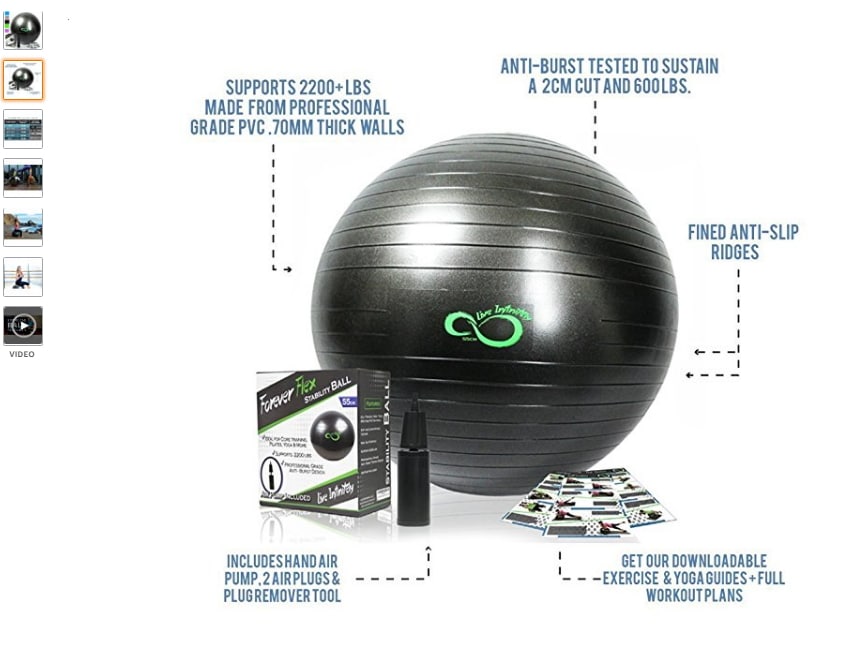What Every Digital Photographer Needs To Know About Lighting
What Every Digital Photographer Needs To Know About Lighting
Blog Article
Post Created By-Beck Fraser
As a digital photographer, you know that illumination can make or break your photos. Understanding the subtleties of both all-natural and artificial light is necessary for capturing the state of mind and quality you aim for in your job. Whether you're chasing after the best gold hour radiance or tweak your artificial setups, grasping these components can raise your photography significantly. Yet there are common pitfalls that numerous overlook, and acknowledging them can change your approach to every shoot. Let's explore what you might be missing out on and just how it can influence your outcomes.
Comprehending Natural Light
Understanding natural light is critical for any professional photographer looking to improve their job. https://squareblogs.net/mariette144marvin/how-to-pick-the-right-camera-for-your-photography-needs 's the structure of wonderful photography, affecting state of mind, tone, and quality. When you fire outdoors, take notice of the time of day. http://milo8tyler.xtgem.com/__xt_blog/__xtblog_entry/__xtblog_entry/37562613-attain-a-standout-photography-portfolio-by-mastering-special-style-and-compelling-narration-uncover-the-essential-elements-that-will-captivate-your-target-market?__xtblog_block_id=1#xt_blog -- shortly after sunup and prior to sundown-- offers soft, warm light that can change ordinary scenes right into stunning pictures.
Do not take too lightly the power of overcast days. Cloud cover diffuses sunlight, producing a soft, even light that's best for portraits and macro digital photography. You'll discover shades appear this sort of lighting without extreme shadows.
Placing matters, as well. Constantly consider your topic's alignment to the light source. If the sunlight's behind your topic, you might wind up with a silhouette, which can be significant however mightn't be what you desire. Conversely, straight sunshine can develop unflattering darkness.
Explore angles; sometimes, transforming your viewpoint can generate fantastic outcomes. Usage all-natural reflectors, like water or sand, to bounce light onto your topic, adding measurement.
Mastering Artificial Light
Grasping synthetic light is important for photographers that intend to take their skills to the next degree. Whether you're using speedlights, studio strobes, or continuous lights, comprehending just how to adjust these resources can substantially enhance your pictures.
Begin by acquainting on your own with the fundamentals of light top quality, instructions, and color temperature. Experiment with various modifiers like softboxes, umbrellas, or grids to manage the gentleness or violence of the light.
You'll find that soft light commonly produces flattering results, while harsher light can add dramatization and deepness. Do not avoid shadows; they can enhance the three-dimensionality of your topics.
Pay attention to the placement of your lights. A light positioned as well close to your subject can develop uncomplimentary outcomes, while too away can lead to an absence of information. Make use of a light meter or your camera's pie chart to guarantee you're revealing properly.
Lastly, bear in mind that synthetic light can be combined with ambient light for creative results. Stabilizing these resources could take technique, once you master it, your photography will truly radiate.
Strategies for Different Situations
When you enter various capturing circumstances, adapting your lighting strategies is important for capturing the very best images. For just click the up coming document , make use of the gold hour-- early morning or late afternoon light-- to soften shadows and enhance skin tones.
If it's a severe midday sun, take into consideration using a reflector to jump light back onto your topic or look for shaded locations for a much more also direct exposure.
In low-light scenarios, like indoor occasions, boost your ISO and make use of a large aperture to allow in more light. A tripod can assist get rid of electronic camera shake, permitting longer exposures without blurring.
If you're contending evening, experiment with off-camera flash to produce dynamic illumination and deepness in your pictures.
For product photography, make use of diffused lighting to avoid severe representations. Softboxes or light camping tents can aid accomplish this result.
When photographing landscapes, think about the instructions of light and time of day, as it can considerably change the state of mind of your shot.
Always prepare to change your settings and positioning based on the circumstance, as versatility is essential to understanding lighting in photography.
Final thought
In conclusion, grasping lighting is key to elevating your digital photography skills. Accept all-natural light's beauty during golden hour, and do not shy away from try out man-made light techniques. By adjusting your technique to various scenarios, you'll record magnificent images that reverberate with feeling and clarity. Keep in mind, the best lights can transform a common shot into something phenomenal, so maintain practicing and improving your understanding of both natural and synthetic light. Happy capturing!
